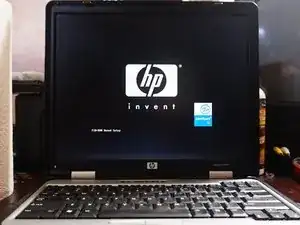Introduction
If you have a legacy system with Windows XP or Vista, these operating systems are end of life and should not be used on the Internet. This guide will show you how to replace these operating systems with something that is safer to use.
These operating systems can be replaced with GNU/Linux, especially if the system is older and you do not feel that buying a new Windows license is worth it but the hardware still works.
Read me: Some really old systems will not run anything well, including Linux. It is still worth trying to run Linux on these systems but you should not expect it to run as well as a more capable legacy system.
Tools
-
-
For many older systems, there are very few resources available. Lubuntu is the best distro for many of these systems, due to the low RAM requirements. Zorin OS Lite is another good option.
-
Go to the Lubuntu website and find Download. Click on Desktop.
-
For all intents and purposes, most of these systems only support 32-bit distros. For systems with <3GB of RAM, download the 32-bit version. For systems with >3GB or more, download 64-bit (if your processor supports this).
-
-
-
Go to sourceforge.net and download win32diskimager.
-
Select the lubuntu ISO file that you downloaded previously.
-
select your USB flash drive and click Write.
-
-
-
Reboot your computer and access the BIOS. To do this, press F2 or DEL. Note: Press F12 on Dell computers to access the one time boot menu.
-
Select (or change the boot order) to boot from your USB flash drive. Let the system boot.
-
2 comments
I'm trying to run mint live from a DVD on an HP Elitebook 8570w. It's legacy, and there is no boot order or any way to access it; it only shows Windows 10. How do I boot from DVD on this piece of junk?
Hi Michael, here's your machine's manual: http://h10032.www1.hp.com/ctg/Manual/c03..., which shows (p.72 - Multiboot section) how to change boot order and enable new boot devices. Please notice the bootable device you will create must be legacy-compliant on old BIOS systems, otherwise your PC won't be able to recognize it; vice-versa, in EFI/UEFI mode you won't be able to boot a legacy-compliant device unless Legacy Boot Mode/CSM is turned on. You may also want to try creating a bootable usb key, here's an excellent guide that will guide you through the process: USB Installation Media Creation
Simone -


